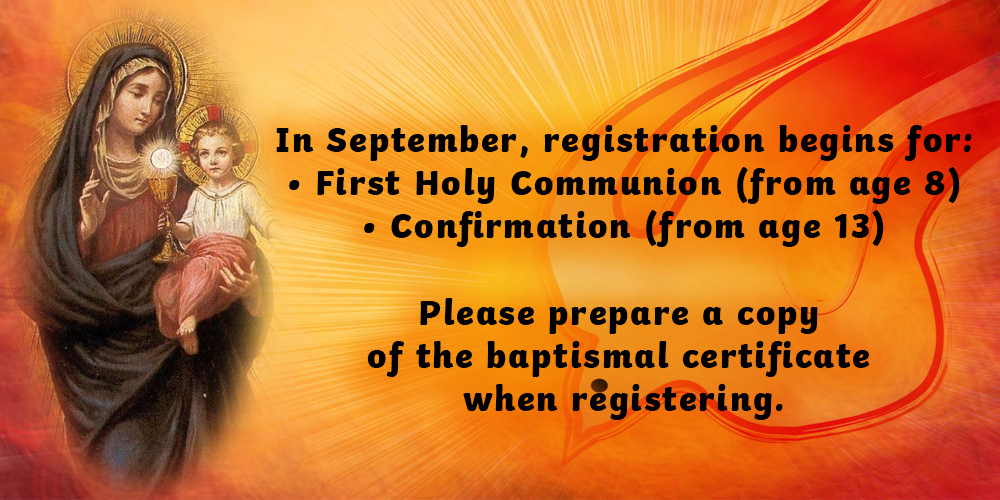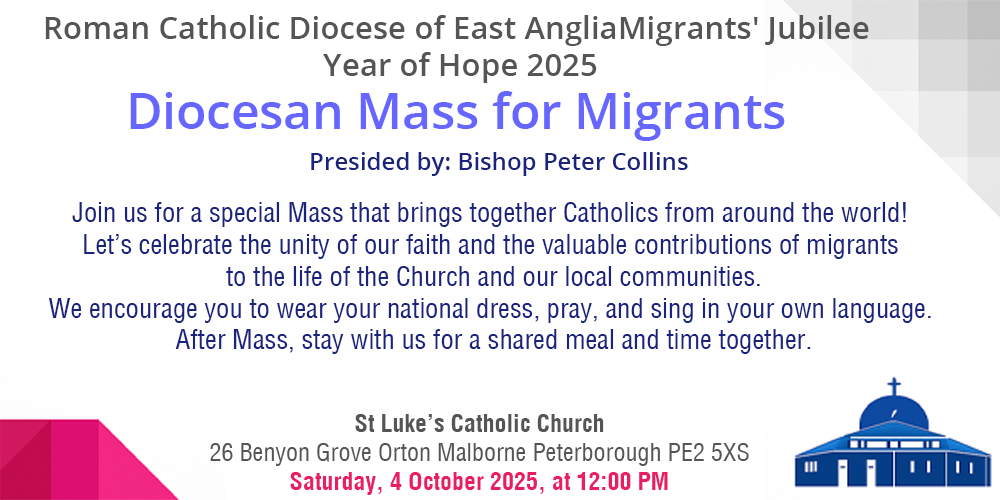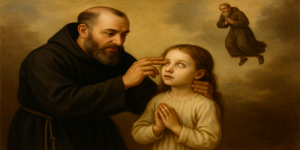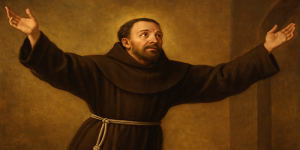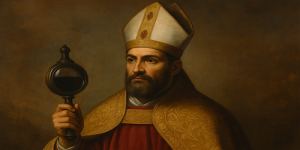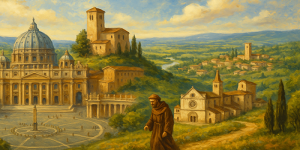And yet, by the time of his death in 1663, Joseph had become one of the most beloved saints in the Catholic world, famous not just for his humility and charity but for miracles so spectacular that they still leave people scratching their heads in wonder. He was, quite literally, the “flying saint”—a man who levitated in ecstasy during prayer and Mass, and whose life continues to inspire students, pilots, and anyone who’s ever felt left behind.
The Humble Beginnings of a Saint
Joseph’s early life reads like the story of every child who just doesn’t “fit in.” He was born into poverty. His father died before he was born, leaving his mother to raise him in a tiny house so riddled with debt that it was eventually seized by creditors. Joseph was sickly, distracted, and, as some biographers put it, “incapable of doing anything right.” He daydreamed constantly, lost things, and failed at basic tasks.
His attempts at education were equally disastrous. Joseph struggled to memorize lessons and was often punished for his inattention. He was, as one contemporary put it, “the dunce of the village.” By his own account, even simple trades eluded him.
And yet, Joseph never lost his gentleness or his hope. He was always cheerful, always ready to help others, and, above all, always drawn to God. His faith became his anchor—the one thing he could hold onto when everything else seemed uncertain.
“Blessed Is the Womb That Bore You”
Joseph’s path to religious life was anything but straightforward. He tried to join the Capuchin friars but was dismissed for incompetence. Even as a servant in the Franciscan monastery, he was barely tolerated. His absent-mindedness, daydreaming, and frequent “absences” (where he would slip into states of deep prayer and lose all awareness of his surroundings) made him seem unfit for religious life.
But something shifted. The Franciscans began to notice Joseph’s humility, his willingness to do even the most menial tasks, and his simple joy. They allowed him to begin studies for the priesthood, but even here, Joseph struggled. He could only reliably speak about one passage from Scripture: Luke 11:27—“Blessed is the womb that bore you.”
When the time came for his diaconate exam, Joseph’s prospects looked grim. According to tradition, the bishop administering the test happened to ask about the very verse Joseph knew by heart. Joseph answered with such sincerity that he was ordained. The same pattern repeated when he took his priestly exams.
This story is why Joseph is now known as the patron saint of students and exam-takers. For anyone who has stared down a test with sweaty palms and a blank mind, he is a reminder that God’s mercy can show up exactly where we feel weakest.
The Mystical Flights
Of all the miracles attributed to Joseph, none are as famous—or as controversial—as his levitations. Witnesses claimed that during Mass or deep prayer, Joseph would suddenly lift off the ground, sometimes hovering several feet in the air. These episodes were so frequent that there are over 70 documented cases, many described in detail by multiple observers—including skeptical church authorities and even the Inquisition (Faith ND).
One story goes that, during a procession, Joseph became so enraptured by the sight of a statue of the Virgin Mary that he floated above the crowd. On another occasion, he was said to have soared above the altar during Mass, arms outstretched, lost in prayer (Miracles of the Saints). The phenomenon happened so consistently that, when Joseph entered a chapel, people would whisper, “There goes the saint who flies.”
A Saint for the Misfits
But not everyone saw Joseph’s mystical experiences as a blessing. Some of his fellow friars were embarrassed by his oddities. Others were jealous or suspicious, and rumors spread that his levitations were tricks or even the work of the devil. Eventually, Joseph was brought before the Inquisition to answer for his strange behavior.
After careful examination, the Inquisition found no evidence of wrongdoing, but Joseph was nevertheless ordered to live in seclusion. For the last 25 years of his life, he was shuttled from one monastery to another, kept away from public view. Through it all, Joseph remained patient, accepting his isolation as another way to serve God.
One contemporary wrote, “He was always content with whatever God allowed, even if it meant being forgotten by the world.”
Miracles, Mercy, and Modern Patronage
Joseph’s miracles didn’t end with his death. Stories spread of healings, answered prayers, and students who passed impossible exams after asking for his intercession. He was canonized in 1767, and his feast day is celebrated every September 18th.
Today, Joseph is the official patron saint of aviators, astronauts, students, and anyone facing tough tests—whether in school or in life (Wikipedia). He’s also considered a protector of those with learning disabilities or difficulties, making him a saint for anyone who’s ever felt “not good enough.”
A Lesson for All
The life of Saint Joseph of Cupertino is a living reminder that God chooses the humble, the weak, and the overlooked to do great things. If you’ve ever felt left out, unqualified, or too “ordinary” for anything special, Joseph is your ally. His story is not about spectacular success but about faithfulness in the midst of struggle.
As Joseph himself once said, “God lifts up the lowly.” Sometimes, he does it in ways you’d never expect.
An Invitation
In a world that prizes achievement and intelligence, Joseph’s life is a breath of fresh air. He reminds us that holiness isn’t about being the smartest or the strongest—but about trusting in God’s love.
So, the next time you face a challenge that feels too big, remember Joseph of Cupertino—the saint who couldn’t pass his exams, but who soared higher than anyone ever imagined.






